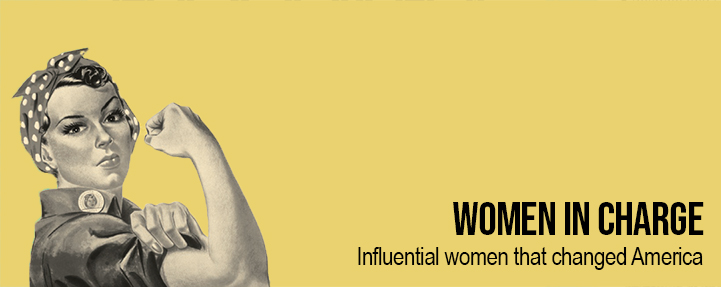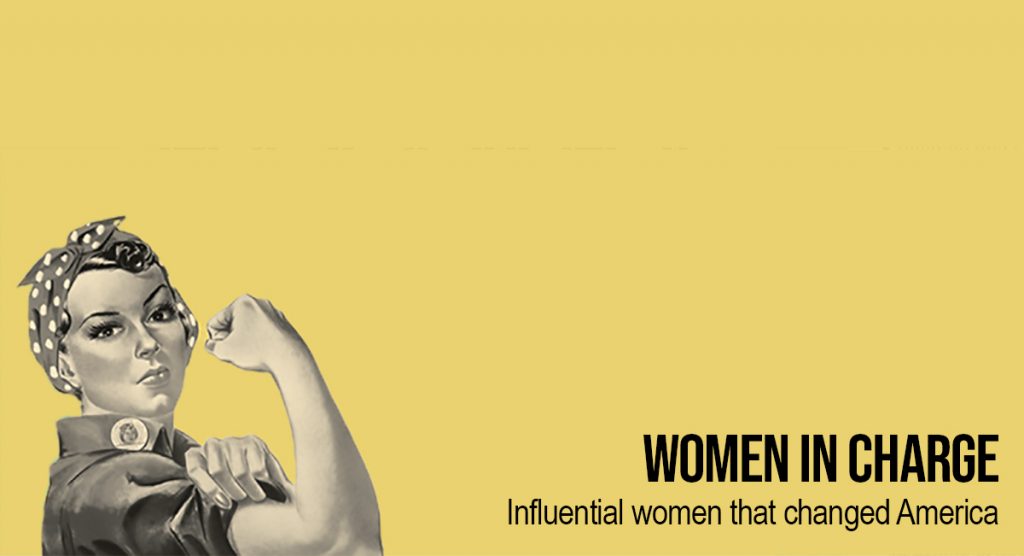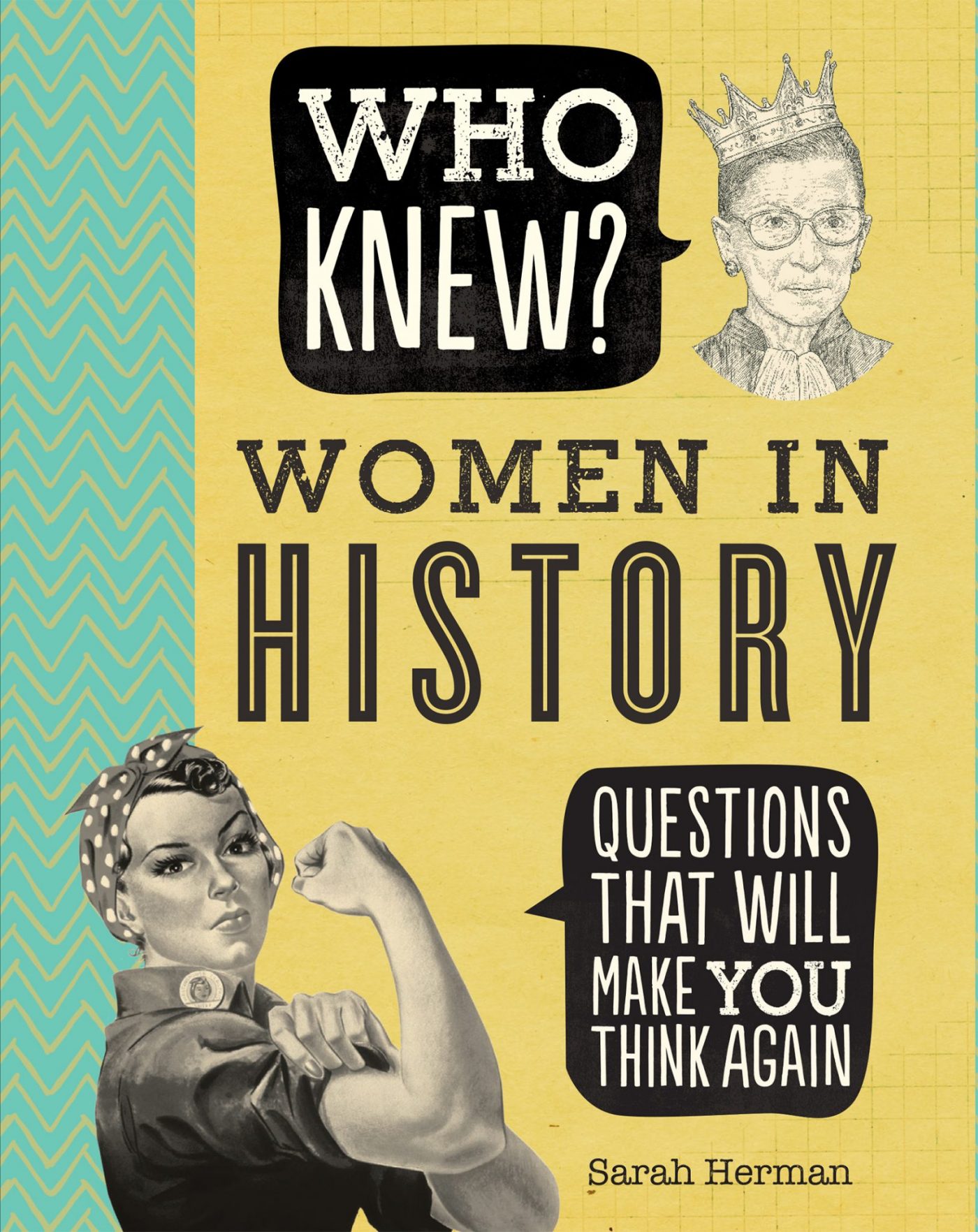
Here’s a look at some of the women who broke the glass ceiling in American politics and became the first females to hold important offices.
First elected female mayor
In 1887, women in Kansas attained the right to vote and run for office. That year, the town of Argonia held its elections; mayor was on the top of the ballot. At the time, candidates didn’t register for the ballot before Election Day; campaign groups distributed ballot papers with their preferred list of candidates that supporters could just check off and leave at their polling station. The alcohol prohibition-minded Women’s Christian Temperance Union had selected a list of prohibitionist candidates, but a group of anti-anti-temperance locals (meaning drinkers, or “the wets,”) decided to play a bizarre joke. Seeking to make fun of the WCTU’s ballot, they sent out identical voting papers, but adding in at mayor the name of WCTU member Susanne Salter. What’s the joke? They replaced a male candidate endorsed by the WCTU because the idea of a lady mayor was hilarious. It backfired. Salter won the election for mayor of Argonia with a whopping 60 percent of the vote. (And she promptly banned hard cider.
First elected female governor
In November 1924 — four years after American women got the right to vote — Miriam A. Ferguson was elected governor of Texas. (Her husband, James Ferguson, had once served in the position, but he’d been impeached and removed in 1917.) Several other women took the job of governor after the death or removal of their husband, and it wasn’t until 1974 that Ella Grasso of Connecticut was the first “unconnected” women to head to an American governor’s mansion.
Want to learn more about amazing women in history? Pick up a copy of "Who Knew? Women In History" to read more than a hundred articles about women who have played a prominent role in world history.
First woman elected to Congress
Jeanette Rankin stood at the forefront of history several times, while creating some herself. During the Progressive Era wave of the late 19th and early 20th centuries, Rankin was a prominent suffragist and helped women get the vote in North Dakota, New York, and her home state of Montana. In 1916, she was elected as Montana’s congressional delegate in the House of Representatives, the first woman to ever hold elective office on the federal level. After one term, she worked as a lobbyist, arguing for laws to ban child labor, and create social welfare programs for children and women specifically. In 1940, Rankin returned to the House, where she was the only representative to vote against U.S. entry into World War II.
First female cabinet appointee
As an advocate for workers’ rights and a close ally of her friend, President Franklin Roosevelt, Frances Perkins was appointed Secretary of Labor in 1933. Working to align the labor movements and unions with FDR’s economic “New Deal” to bring the U.S. out of the Great Depression, Perkins served for the entirety of Roosevelt’s term, from 1933 to 1945, making her one of the longest-serving cabinet secretaries in history.
First women on a major party’s presidential ticket.
It’s relatively and extremely recently that a woman ran for president or vice-president on behalf of one of the country’s two major political parties. In 1984, Geraldine Ferraro ran for VP with presidential candidate Walter Mondale (they lost to Ronald Reagan and George Bush). And in 2016, Democratic presidential nominee Hillary Clinton became the first woman at the top of a major-party ballot.
Read about more remarkable and pioneering women like the ones above in Who Knew? Women in History, by Sarah Herman. It’s available now from Portable Press.









